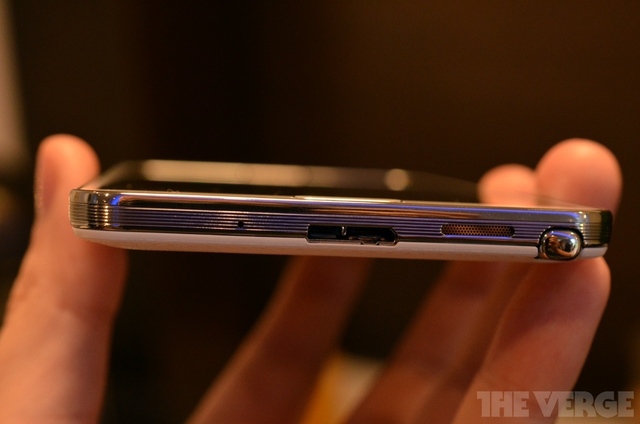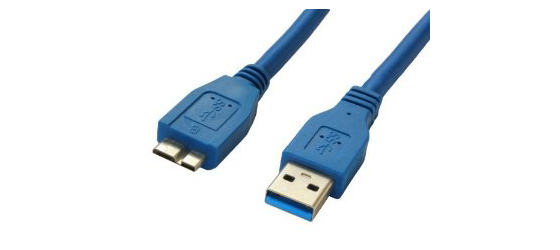
Samsung announced their Note 3 smartphone at IFA this week, but they didn’t mention one of its most interesting features – this is the first phone to be released with USB 3.0 support.
So what’s the advantage of USB 3.0? Well, it’s twofold – firstly, you’ll be able to draw more power from matching USB 3.0 ports on your laptop or desktop. USB 2.0 provides 500 mA (0.5 A) of power from a port, while USB 3.0 provides 80% more – 900 mA (0.9 A). That’s nearly as much as you’d get from a standard wall adapter, so you’ll be able to charge your Note 3 much more quickly from a computer.
The second advantage is data transfer speeds. Theoretically, USB 2.0 is capable of 480 Mb/s, while USB 3.0 is capable of more than 10 times this, at 5 Gb/s. In practice, it’ll depend on the speed of the flash storage that Samsung include on the Note 3, but I would imagine we’d still see a noticeable increase. That means copying content to and from your Note 3 will take much less time.

If you look at the bottom of the phone, you’ll see quite clearly that this is not standard micro-USB. Instead, you have an altogether wider port, which is called USB 3.0 Micro B. It’s about as wide as a standard USB port, but a little shorter and with a notch cut into it.
Happily, the USB 3.0 Micro B port used on the Note 3 is well designed, and is backwards compatible with standard micro USB. That means you’ll be able to use standard micro USB Note 3 chargers, wall adapters and car chargers in a pinch.
It’s likely that we’ll see the next Galaxy S device come with the same port, and other phones to move to the standard as well. While there will be some hassle in making the transition, ultimately the boost to charging and data speeds will make it worthwhile.
Image credit: The Verge.